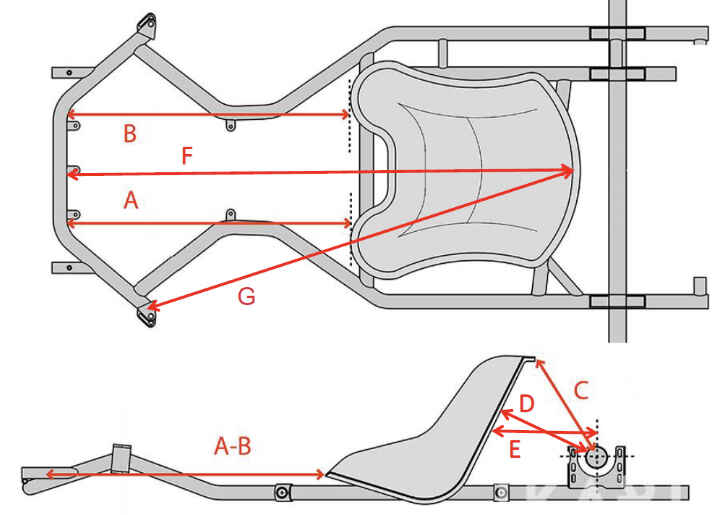Dear community,
It is my first post here, so, first of all, very nice to be around and be able to read and learn with the many topics we have here.
I wanted to create this topic to ask your opinion of something that I have been asking a lot of people, and no one knows how to answer this:
I am a Brazilian living in Mexico and racing Skusa Mexico. I have bought a brand new OK1 Chassis (IPK Factory) and am doing the pre-season with an Extra Hard Axle with the standard hub of 95mm (Already ordered the Medium-Racing one, and it is about to arrive).
Here is a comment: I am using the Extra-Hard Axle as, with the old chassis I had from Praga, I found that with the Medium Stiffness Axle the kart was too loose on its end.
My main problem is the rear of the kart. Every opinion is more than welcome so we can reach a solution:
Rear tire wear
The first problem is, the rear tire wear is extremely high when compared to the front tire wear.
Read somewhere that switching to the aluminium hubs would fix this problem, but before spending USD 200 on this, I would like to ask if has anyone tried this and it really worked?
Would there be any other possible solution to this?
Rear loose/oversteering
Sometimes, even with brand new tires, I feel the rear end is impossible to control and that it wants to “overtake” the front of the kart and not being stable at all.
My opinion/guess
Would the rear of the kart be too grippy and that may be the cause of all of this?
General setup of the kart:
Front width - Standard, two lines out
Front Torsion bar - Flat Steel on the standard position
Camber and Caster are on 0s.
Chassis is brand new - Less than two months of use.
I was also considering switching brands as I heard that IPK generally produces a more soft chassis - Therefore, this may be the cause, so I tried to stiffen the chassis as much as possible.
Is this a general issue on the IPK?
Appreciate your help.
